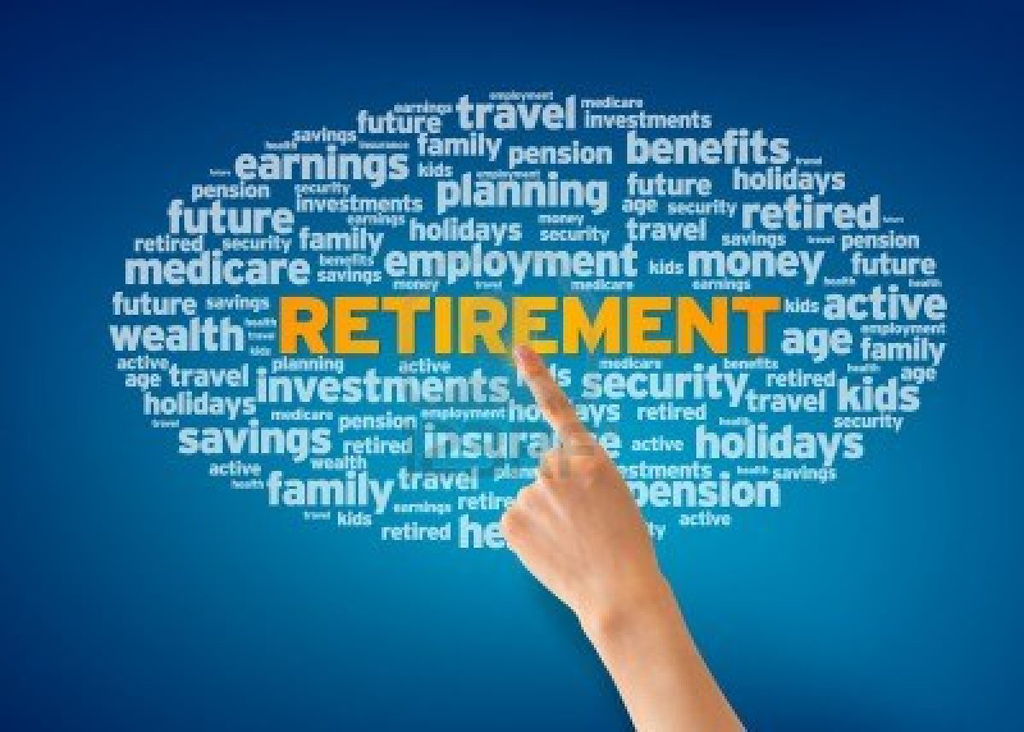Small Business
Don’t Let Retirement Tax Benefits Pass By Your Business Clients
Tax professionals have the opportunity to help reduce their business clients’ taxes by recognizing the opportunity for a retirement plan.
Jan. 24, 2024

By: Beau Beaullieu, AIF®, C(k)P®.
It’s too common in our profession that business owners search for tax deductions after receiving their tax bill. By that time, it is typically too late for anything to be done for that tax year, but to some owners, waiting to “cash in” after the next fiscal cycle is too long to wait. There is a benefit that takes some planning, but it’s worth the time in the taxes it’ll save.
Choosing Retirement Plans
Opening a corporate retirement plan is a great option to lower business taxes. Qualified, profit-sharing plans allow employees to contribute a portion of their wages to individual accounts, while also allowing the employer to make a tax-deductible contribution. It’s a win-win because business owners are rewarding their employees with an added benefit and lowering their business taxes at the same time. And, given the current job market, a benefit that stands to recruit and retain key employees is always a no-brainer.
Choosing a plan can be daunting, as there are many options available to business owners. One should select a plan design based on the deduction and cash flow available. For example, a solo 401(k) is a great option for the sole practitioner because s/he acts as both the employee and the employer and can make contributions as both.
Safe Harbor 401(k) for Small Businesses
For small business owners new to 401(k) plans, the safe harbor 401(k) plan provides all eligible plan participants with an employer contribution, while allowing the business to avoid annual IRS nondiscrimination testing. However, this option is not without drawbacks. Although employees must participate in the plan, their contributions vary, which causes the company match (and corresponding tax deductions) to fluctuate.
Profit-Sharing Plans for Sophisticated Businesses
For sophisticated businesses, there are more plans available. There is a new comparability profit-sharing plan for mature practices with manageable workforces and multiple partners. This option allows the company to divide employees into two or more groups and customize profit-sharing contributions by group. In some cases, the company is able to steer more than $73,000 to its owners and/or highly compensated employees, while at the same time taking good care of its rank-and-file personnel.
DB and DC Plans for Stable Cash Flow
Meanwhile, there are defined benefit (DB) and defined contribution (DC) combination plans for businesses with stable cash flow. By combining the two plans, business owners can reduce the cost of providing retirement benefits to employees, while increasing their deductible limit to more than six figures in many cases.
Tax Incentives with SECURE 2.0
Regardless of the retirement plan best suited for the company, the tax incentives can be lucrative, especially with SECURE 2.0. The law, passed by Congress near the end of 2022, is a follow-up to the Setting Every Community Up for Retirement Enhancement (SECURE) Act passed in 2019. There are dozens of significant provisions included in the legislation, but there are three that stand to benefit businesses most.
Tax Credits and Benefits for Small Businesses
First, there is support for small businesses in an increase of the credit to help with the administrative costs of setting up a retirement plan, an expansion of eligibility for the start-up tax credit and the addition of new credits for employer contributions. More specifically, from what used to be a 50 percent credit for businesses with less than 50 employees, will now be 100 percent, and those same businesses will receive a new tax credit based on a percentage of employer contributions. It is lawmakers’ hope that these enhancements allow small businesses to offer a plan (and boost tax savings) when they otherwise could (or would) not.
Auto-Enrollment Requirement for New Plans
Secondly, starting in 2025, SECURE 2.0 will require companies with new plans that cannot obligate to a safe harbor to auto enroll employees at a minimum contribution rate. The hope for employees is that participation rates will increase, and as such, they will be better prepared for retirement. Auto-enrollment means additional employer contributions and increased tax benefits.
Expanded Retirement Plan Benefits for Employers
Lastly, SECURE 2.0 allows employers to amend their retirement plan in more beneficial ways. For example, employers can increase non-elective benefits accrued under a retirement plan retroactively from the preceding year. And, beginning in 2024, businesses with SIMPLE plans can switch to a safe harbor plan mid-year versus waiting until year-end. This opens the door to some potential tax benefits that, prior to SECURE 2.0, may have felt too late to make.
Comparing on an incremental basis the percentage of income to the amount of deductions on a business tax return becomes a key indicator of how a retirement plan stands to benefit the business. Once the business has an increasing revenue, it becomes more difficult to find non-depreciable deductions at a similar ratio to income, but the opening of a retirement plan and its associated tax benefits can bring a lopsided comparison back in line.
Tax professionals have the opportunity to help reduce their business clients’ taxes by recognizing the opportunity for a retirement plan. With evaluation of historical and future revenue, deductions and credits, recommending the opening of a retirement plan during annual tax planning meetings could be just what business owners need to hear in order to prepare for the next year.
======
As a veteran of the retirement plan industry and a partner in CoSource Financial Group, LLC, Beau Beaullieu specializes in the implementation, maintenance and ongoing service of qualified retirement plans.
